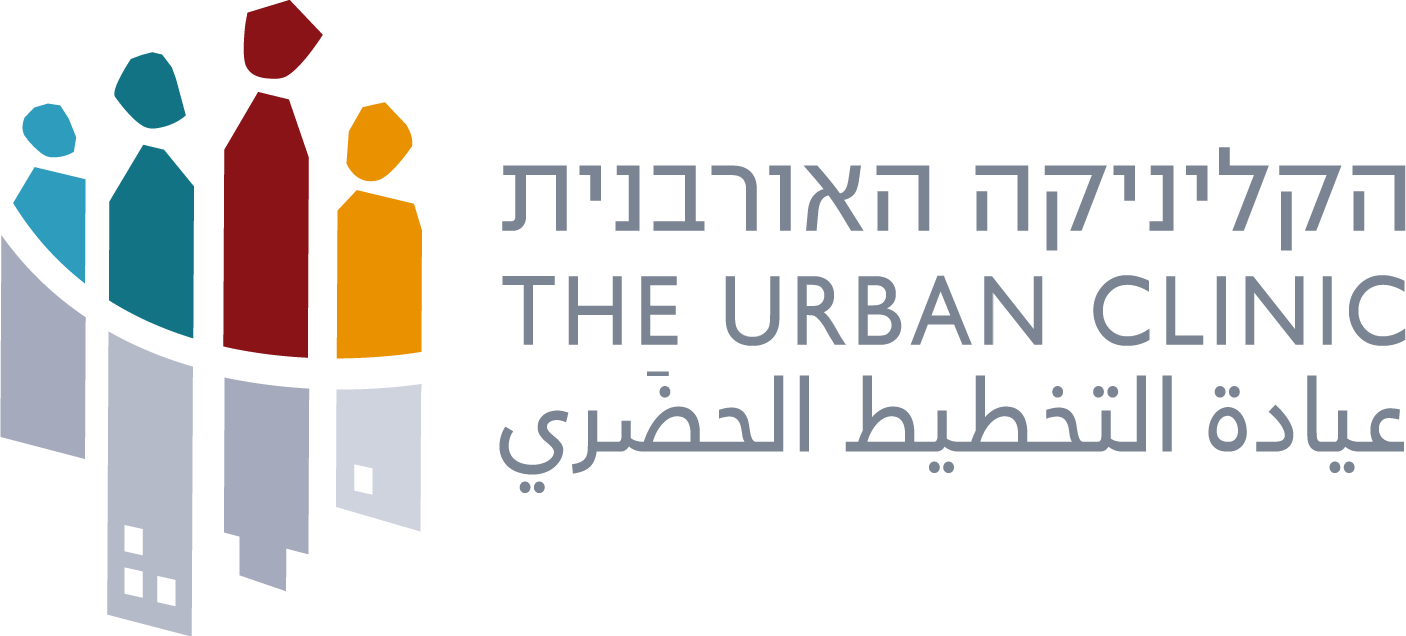
Article on the course: East Jerusalem: policy, the economy, and society
Author: Eman Ansari
How do you define yourself? What passport do you carry? What country do you belong to? These are all questions East Jerusalemites are asked quite frequently. It’s difficult to understand and imagine this reality, so I often find myself explaining the complexity of East Jerusalem to my friends and Jewish peers.
I identify as a Palestinian who lives in East Jerusalem, a permanent resident who holds an Israeli identity card and travel document, but I also carries a Jordanian passport, yet doesn’t have any citizenship. If you’d like to learn more about life complexities for East Jerusalemites, including issues of identity, residency, and others I recommend you participate in the East Jerusalem: policy, the economy, and society course (49805).
The course offered me an opportunity to participate in an academic exploration of the life of East Jerusalem residents from numerous perspectives. Such an opportunity is rare, and certainly not something to take for granted. Normally I find myself on the opposite side, often explaining the situation to others. Not everyone understands or even believes that this is the current reality in Israel. Why is it so difficult to understand? Take for instance, flying abroad. need to travel with both my Jordanian passport and my Israeli travel document, and I often don’t know which to present when. Or consider the fact that I am often stopped because I wear a hijab. Sometimes I’m even stopped in A-Tur, the neighborhood where I live. Do I pose a security threat to my neighborhood?
I was glad to participate in the course, as I enjoyed it, and learned a lot throughout the semester. Despite the fact that I too, am an East Jerusalem resident, and experience these complexities on a daily basis, there were things that I didn’t know. I learned about the occupation of the eastern part of the city and government decisions regarding residency from Dr. Amnon Ramon, a senior researcher at the Jerusalem Institute. Frankly, it was very difficult to hear my own history from someone else. It felt as if I was seeing my life in the eyes of others. Seeing my life being presented in this perspective left me in tears more than once. Most notably, was the class on the Separation Wall, where the guest speaker described it as a net positive. He discussed how the Separation Wall has been good for Israelis by increasing their quality of life and personal safety. He didn’t discuss how Palestinian society was socially, politically, and economically affected. I was dumbfounded and unable to respond to his presentation. Even after doing two degrees in Hebrew, I am still aware of the language barrier and am scared of public speaking. The sensitivity, sadness, and anger surrounding this topic make it easier to cry than to speak. I decided to remain quiet. Nevertheless, following the lecture I spoke with Dr. Amnon Ramon and Dr. Sarit Benדimchon-Peleg who were both attentive to my upset.

The Urban and Regional Planning Masters’ program barely addresses the complex situation in East Jerusalem. It is easier to turn a blind eye than it is to face this uncomfortable reality. This course offered a rare glimpse of the following topics: Knesset decision number 3790 to decrease social and economic and development gaps in East Jerusalem, education, economy and employment, planning in East Jerusalem, and dealing with unregulated land. As an East Jerusalem resident and master’s candidate for Urban Planning, I strongly recommend participating in the course to learn about the lives of our neighbors.
The Palestinian people, especially East Jerusalem residents, suffer on a daily basis from a myriad of issues: we wait long hours to get through checkpoints, we face difficulties acquiring building permits, when we build without permits our homes are demolished, there is a shortage of kindergartens and a shortage of open spaces, and the lines in the social security and Ministry of Interior offices are long and the service is sub-par. These are just a few of the many issues we constantly face.
The thing is, behind our different worldviews and identity, we are all human beings, each one of us with our own varying degrees of sensitivities. As Mahmoud Darwish, a renowned Palestinian poet wrote: “We love life if we can forge its path.”
The writer: Eman Ansari, Jerusalemite, Hebrew University alumna with a dual degree in Geography and Hebrew Language and Literature. Today Eman is completing her master’s degree in Hebrew Language and Literature and Urban and Regional Planning. She works as a TA in Hebrew studies at the Shalem Academic Center in the Islamic and Middle Eastern Studies program, a research aide in the Jerusalem Institute for Policy Research, and a creative writing teacher for 4-6th grade students at a center for gifted students in East Jerusalem. Furthermore, she is researching the feasibility of integrating the use of the Rav Kav bus pass in East Jerusalem’s bus network. This research is being done in collaboration with Tamara Krezhner from the University of Berkeley and the Urban Clinic.
Translated by: Galya Globerman

